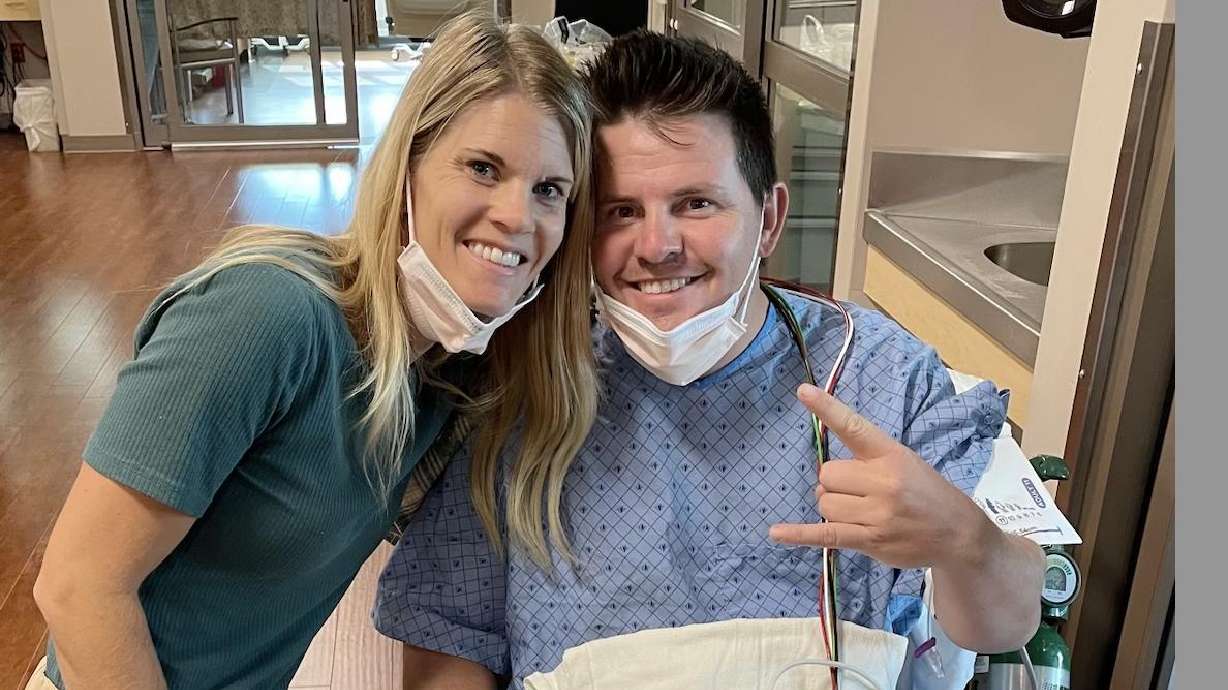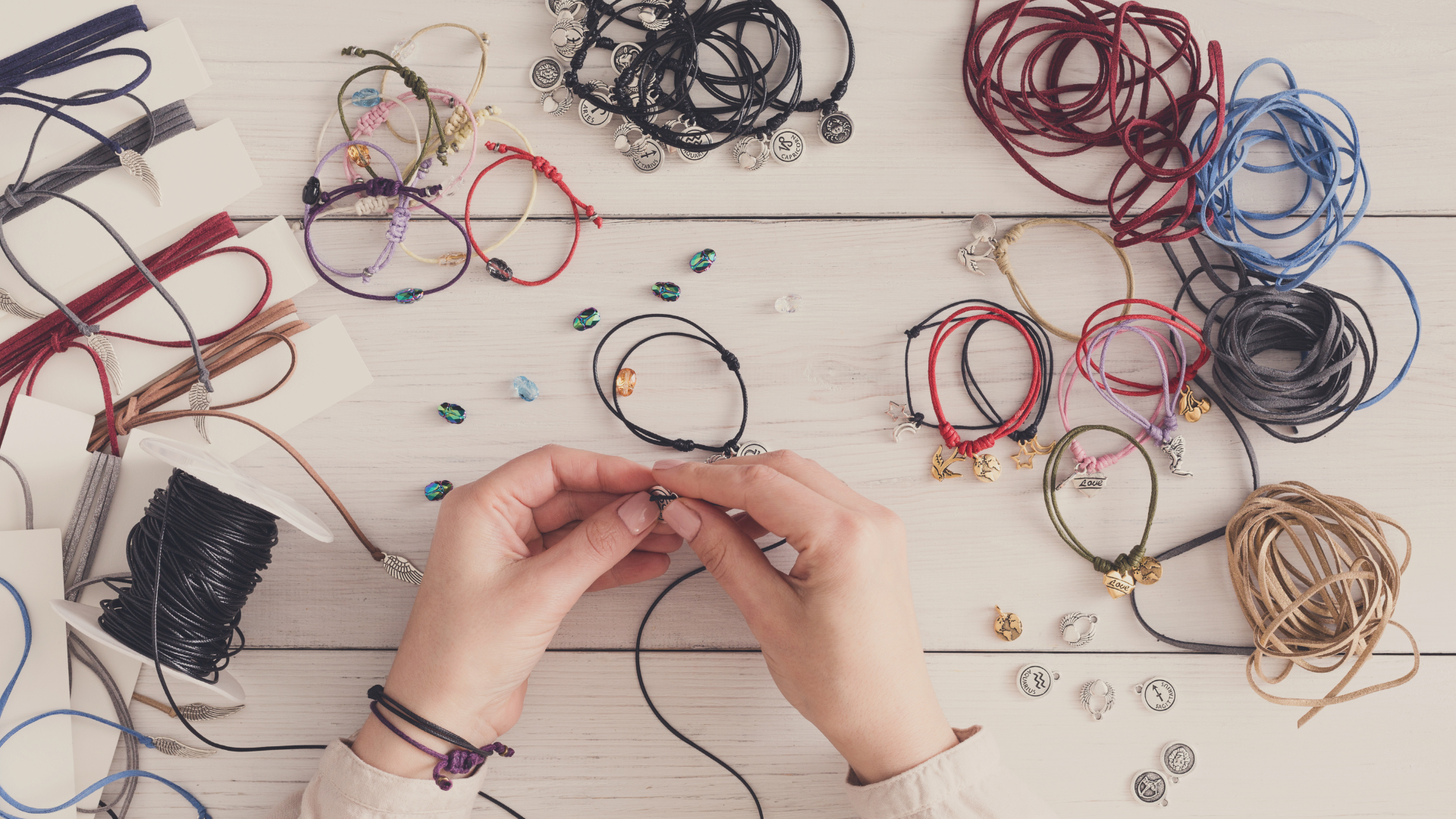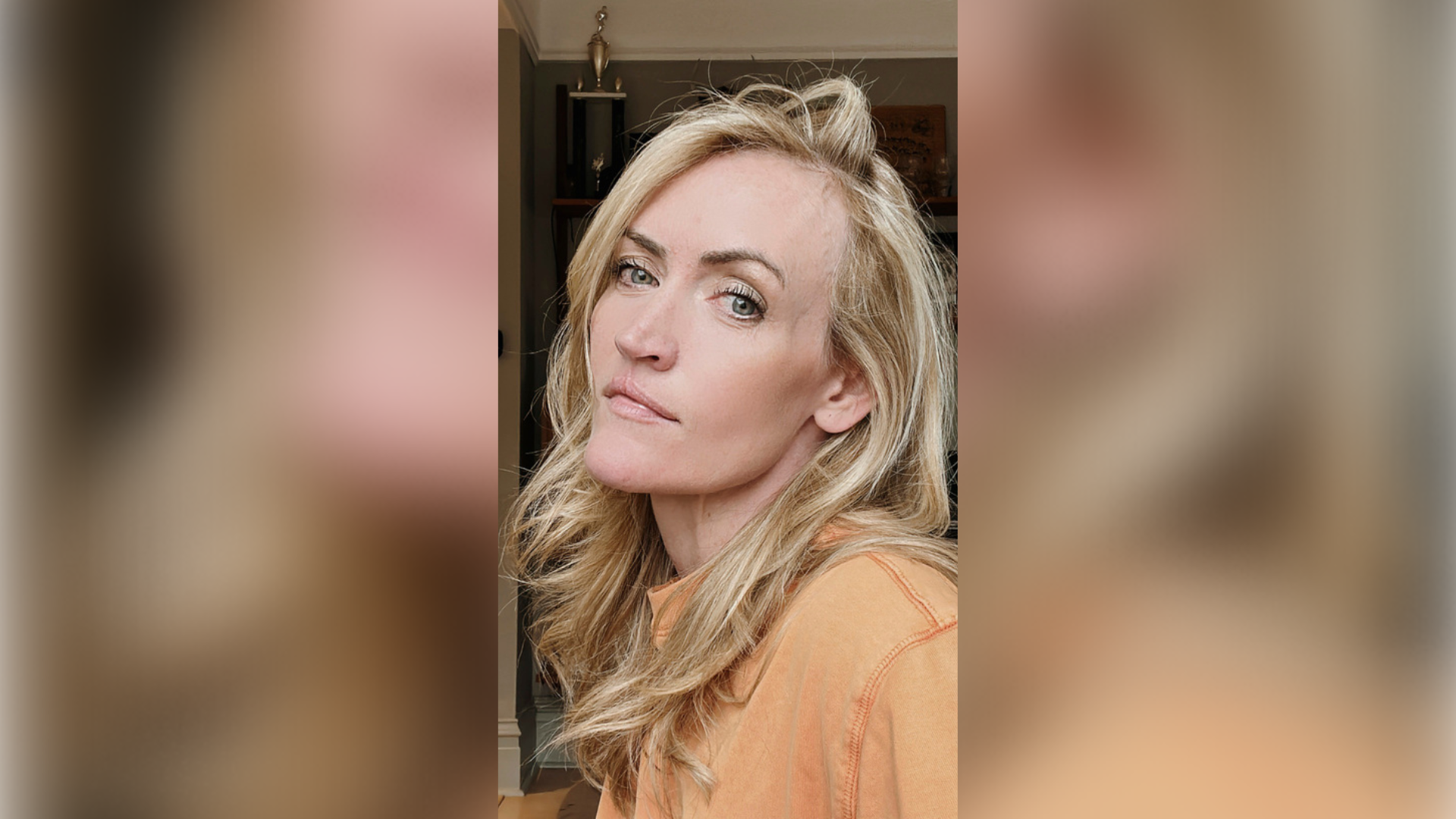HEALTH
U of U develops a tool that can be used frequently in breast cancer diagnoses
Nov 30, 2021, 6:33 PM | Updated: Dec 1, 2021, 3:05 pm

Mammogram technician Niki Keene, right, demonstrates a mammogram on Kathy Dalton as Optum Care Network Utah conducted an open house to introduce a new mobile clinic in Salt Lake City on Wednesday, June 23, 2021. It will provide a range of adult health and wellness services. including diagnostics for chronic illnesses. Photo credit: Jeffrey D. Allred, Deseret News
SALT LAKE CITY — A new tool developed by the University of Utah could allow for breast cancer screenings at a younger age. It could also cut radiation exposure that comes with your typical mammogram.
The new process could be, and it’s also a lot more comfortable.
How the new technology works
“One of the problems with the mammogram is since it involves low doses of radiation, they are not typically used in women younger than 40 years old,” electrical and computer engineering Assistant Professor Benjamin Sanchez-Terrones said. “That doesn’t mean those women could not potentially develop breast cancer, it’s just that they don’t get typically screened for it.”
This technology, developed with local start-up IONIQ Sciences, sends a low-voltage current through the body to detect lymphatic changes. The patient holds one electrode, and a doctor uses another contained inside a handheld probe and touches it to different parts of the body.
“We can obtain an indication of whether a patient may have breast cancer without involving radiation,” said Sanchez-Terrones.
Here’s why cutting down radiation is so important: Continued exposure can lead to cancers by itself. That’s why women usually get screened later in their lives — to minimize exposure to harmful chemicals.
How it feels and if it’s accurate
This technology takes double the time of your typical mammogram, but Sanchez-Terrones says the current is so low, the likelihood of a patient feeling anything is unlikely.
How this changes the game for breast cancer patients
Six of the women in the clinical study were women treated for breast cancer. Sanchez-Terrones says his technology allows those currently receiving treatment for breast cancer to get screenings during treatment, without exposure to further radiation.
Chemotherapy and radiation therapy are commonly used for treating breast cancer. Mammograms are typically done annually
The Federal Drug Administration gave the device a Breakthrough Therapy Designation, and Sanchez-Terrones and IONIQ applied for full approval.
The risk of breast cancer
The risk of getting breast cancer increases with age, but men and women alike can get it any time. Research shows nearly 7% of women who are diagnosed with breast cancer are under the age of 40.
Read more:
-
FM 100’s Rebecca Cressman talks breast cancer and getting that mammogram
-
Swig founder reveals 2nd breast cancer scare, launches SAVE THE CUPS campaign
-
Genealogy cancer research focuses in on Utah
-
Parents angry at University of Utah after daycare center closes
-
University of Utah asks for COVID-19 tests ahead of return from fall break












